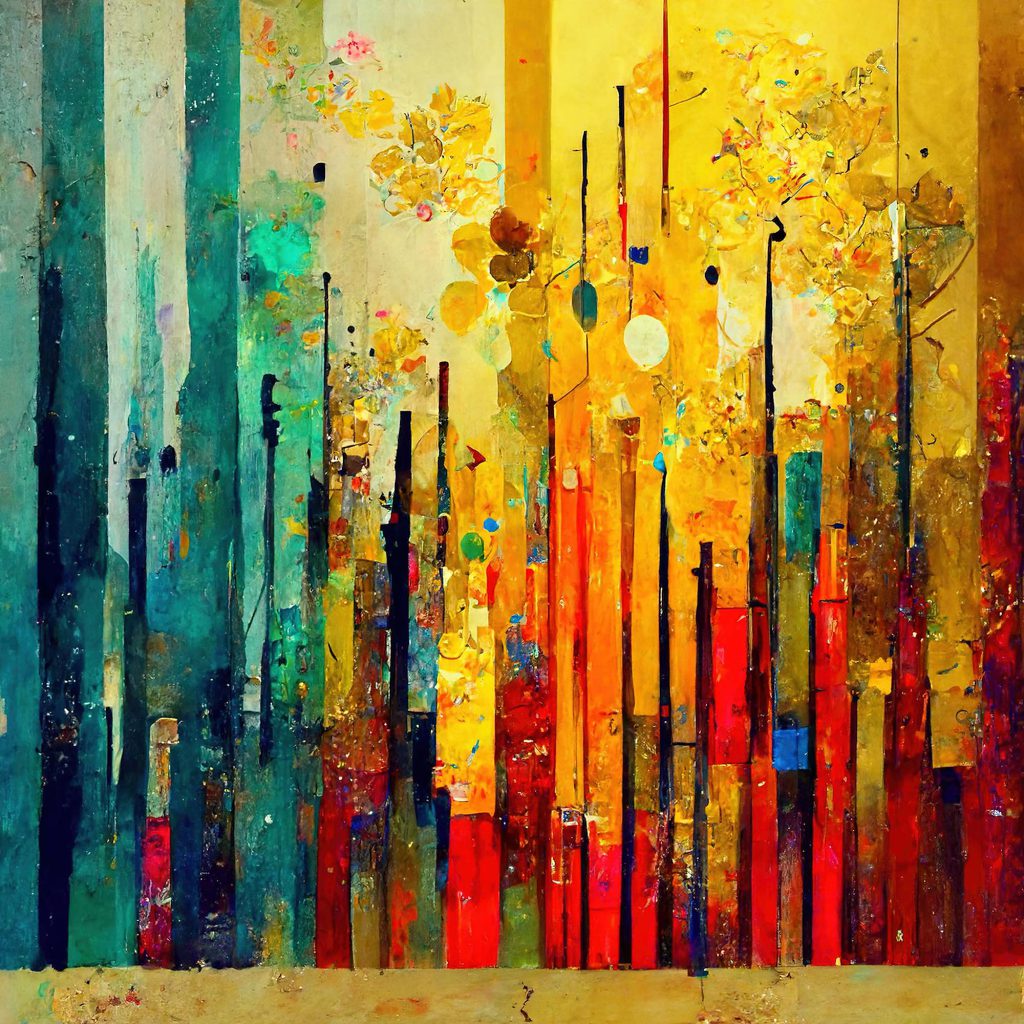In some cases, works of art can have a layered structure. The multi-layered canvas structure in paintings is encountered because the painter repaints on a previously painted canvas. The painter can sometimes paint a new painting on a painting he has made before, and sometimes he can paint a new painting on a painting made by someone else. The stratification of the artwork can contain important data in terms of technical art history analysis. Each layer of that work of art tells us a new story.
While the artist is painting, he can change his decision during the implementation phase after making a draft during the design phase. With multispectral imaging, we can understand the decisions taken by the artist or changed later by looking at the present day. Such changes can provide important data for understanding the artist’s production process.
In some cases, viewing different layers, if any, can provide important information when investigating the authenticity or forgery of a work of art. If it is claimed that the painting on the top layer belongs to an artist who lived before, while the painting on the bottom layer is more recent, then it can be assumed that the painting is fake.
If more than one work of an artist is examined with multispectral photography, it can be checked whether the artist needs a preparatory drawing on the ground while painting. For example, if it is seen that the artist does not use a preparatory drawing in most of his paintings, but uses an unusual preparatory drawing in one example, we are suspicious and need a more detailed examination.
In addition to the picture, the readability of the surface may decrease due to the deterioration of the material contained in the ink used in works made on paper and manuscripts. Manuscripts with reduced readability can be understood with multispectral imaging technology. It is possible to see all the layers of the picture and the applications such as retouching the picture, with the photographs taken with the ultraviolet, infrared and curved-side light taken with the Forenscope Art-Ex device. On the other hand, it will be possible to view the irregularities and swellings on the picture surface under both UV and IR light in photographs taken with curved-side light.
Forenscope Art-Ex device supports conservators and researchers in documenting works of art with the help of photographs taken with a combination of different wavelengths and filters. It contributes to the preservation and transfer of cultural heritage to the future.
Video 1.
Visible light and 840-860 nm back light, LP850 filter
Images were acquired using the Forenscope ArtEX device.
A Breath of My Own Soul, Oil painting on canvas, 2022, 116×92 cm. Artist Gülseren Südor
Video 2.
Visible light and 840-860 nm back light, LP850 filter
Images were acquired using the Forenscope ArtEX device.
Umbelico del mondo, oil painting on canvas, 2019, 60×80 cm. Artist Gülseren Südor



